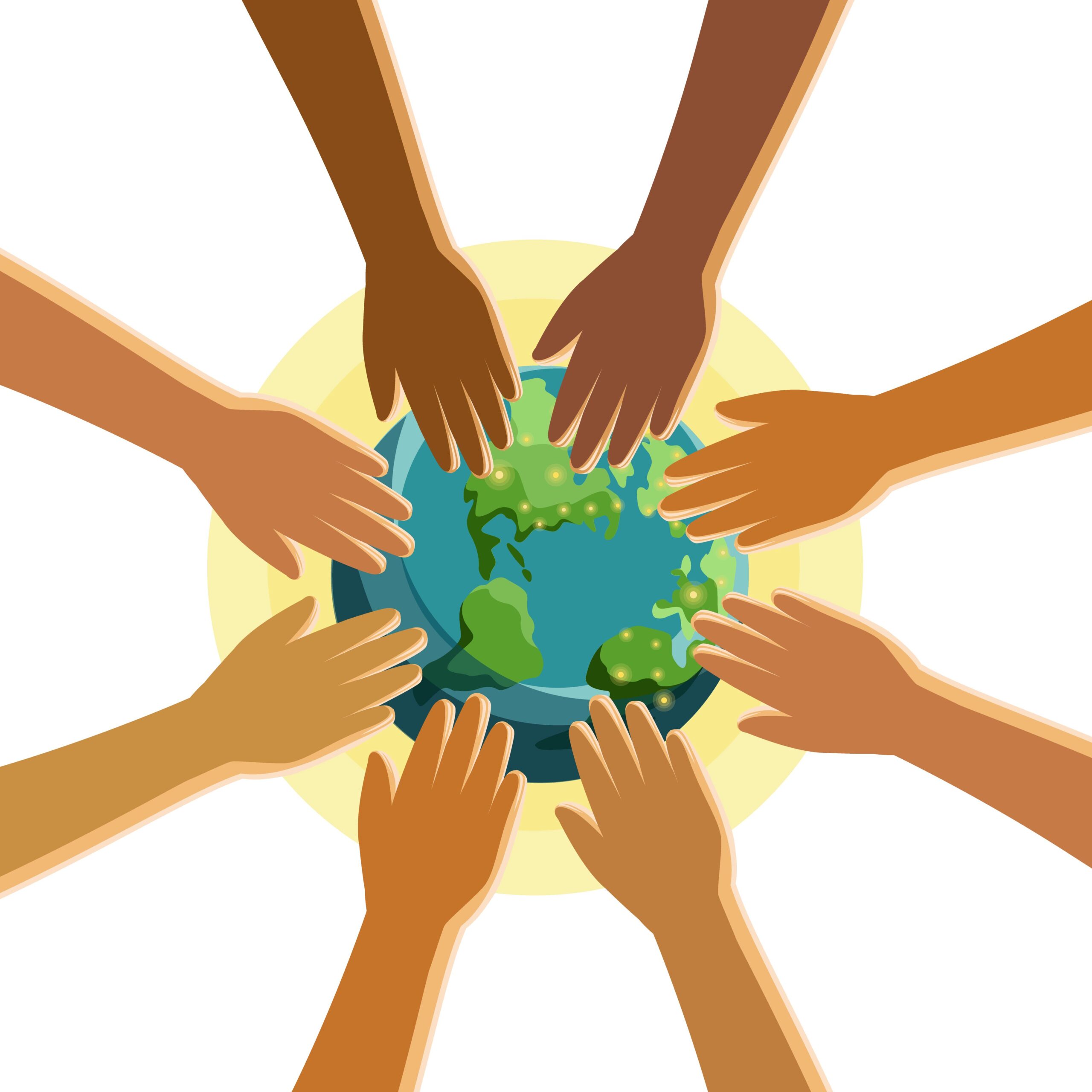Cultural diversity is not merely a concept; it embodies a rich tapestry of human experiences, historical narratives, and collective wisdom. Through illustrations, we can encapsulate the essence of diverse cultures, enabling us to communicate complex ideas visually. This begs the playful question: how can we creatively portray cultural diversity in a manner that resonates with a global audience? Additionally, what potential challenges might arise in the endeavor to represent such a multifaceted theme with accuracy and respect?
Illustration serves as a powerful medium for expressing the idiosyncrasies of various cultures. From vibrant colors to distinctive motifs, each element can reflect the uniqueness of a culture’s heritage. Art can act as a potent vehicle for storytelling, transmitting the values, beliefs, and practices inherent to a community. Yet, artists are tasked with straddling a fine line between representation and appropriation. This dichotomy presents an intriguing challenge: how can an artist honor and accurately depict cultural diversity while avoiding the pitfalls of misrepresentation or commodification?
The historical context plays a pivotal role in how cultures are visualized. Each culture has a unique history that shapes its identity, from the indigenous narratives of the Americas to the rich traditions of African tribes. When illustrating cultural diversity, it is essential to appreciate these historical nuances. Misinterpretations can lead to stereotypes, which dilute the authenticity of cultural expressions. Artists must engage in thorough research and consider the perspectives of those they are representing.
Moreover, the choice of visual style can significantly impact how cultural diversity is perceived. Illustrations can range from stoic realism to whimsical abstraction, each offering a different lens through which to view cultural elements. The balance between creative interpretation and fidelity to authentic cultural elements remains a persistent challenge. How do we find that delicate equilibrium? What artistic license can be exercised without undermining the source material?
The role of storytelling cannot be overstated. Illustrators have the ability to weave narratives that transcend linguistic barriers and resonate with varied audiences. Effective illustrations often incorporate visual storytelling techniques, such as dynamic poses, expressive characters, and evocative settings. Each visual narrative can serve as a metaphorical bridge connecting disparate cultures, fostering empathy and understanding. However, the question remains: how do we ensure that these illustrations do not oversimplify or erase the complexities of individual cultures?
Incorporating cultural symbols and iconography requires sensitivity and an understanding of their significances. For instance, a flower that represents love in one culture might bear an entirely different connotation elsewhere. Illustrators must tread carefully and recognize that symbols are not universally understood. An intricate understanding of a culture’s symbols can either enrich an illustration or render it ineffective, leading to miscommunication.
The audience’s perception adds another layer of complexity. Cultural diversity illustrations should resonate with those from different backgrounds, cultivating a sense of curiosity and appreciation. A successful illustrator will engage viewers by invoking emotions, raising questions, and prompting reflection. But what happens when the intended message of cultural unity is lost on the audience? The challenge lies in creating inclusivity while navigating diverse interpretations and reactions.
Furthermore, the digital age has revolutionized how we create and share illustrations. Digital platforms allow for widespread dissemination of culturally diverse illustrations, facilitating global conversations. However, this also introduces the risk of dilution. How can artists harness the power of the digital medium while maintaining the integrity of cultural representations? The proliferation of imagery can easily blur the lines of authenticity, leading to oversaturation and cultural fatigue.
Education serves as a bastion against the pitfalls of cultural misrepresentation. By fostering greater awareness and appreciation of diverse cultures, we equip artists to navigate the complexities of illustration. Workshops, collaborative projects, and community engagements can bridge knowledge gaps, empowering artists to represent cultures with authenticity. Challenges persist, but through education, a supportive artistic community can emerge, driving positive change.
Importantly, cultural diversity illustrations should not exist in isolation; they could play a vital role in broader conversations about social justice and equality. By elevating underrepresented voices, these artworks can catalyze societal reflection and inspire action. However, artists must be wary of tokenism, ensuring that their work advocates for diversity authentically rather than superficially. The challenge of presenting a robust narrative without falling prey to clichés is paramount.
In conclusion, cultural diversity illustrations are a vital medium for fostering understanding, connection, and celebration of the myriad cultures that populate our world. Artists face a multifaceted challenge in portraying these cultures authentically while navigating issues of representation and audience perception. As we grapple with these complexities, it is crucial to elevate the conversation surrounding cultural diversity through informed practices, educational endeavors, and a commitment to empathy. The art of illustrating cultures can bridge gaps, challenge preconceptions, and inspire a shared human experience, if approached with care, respect, and creativity.
